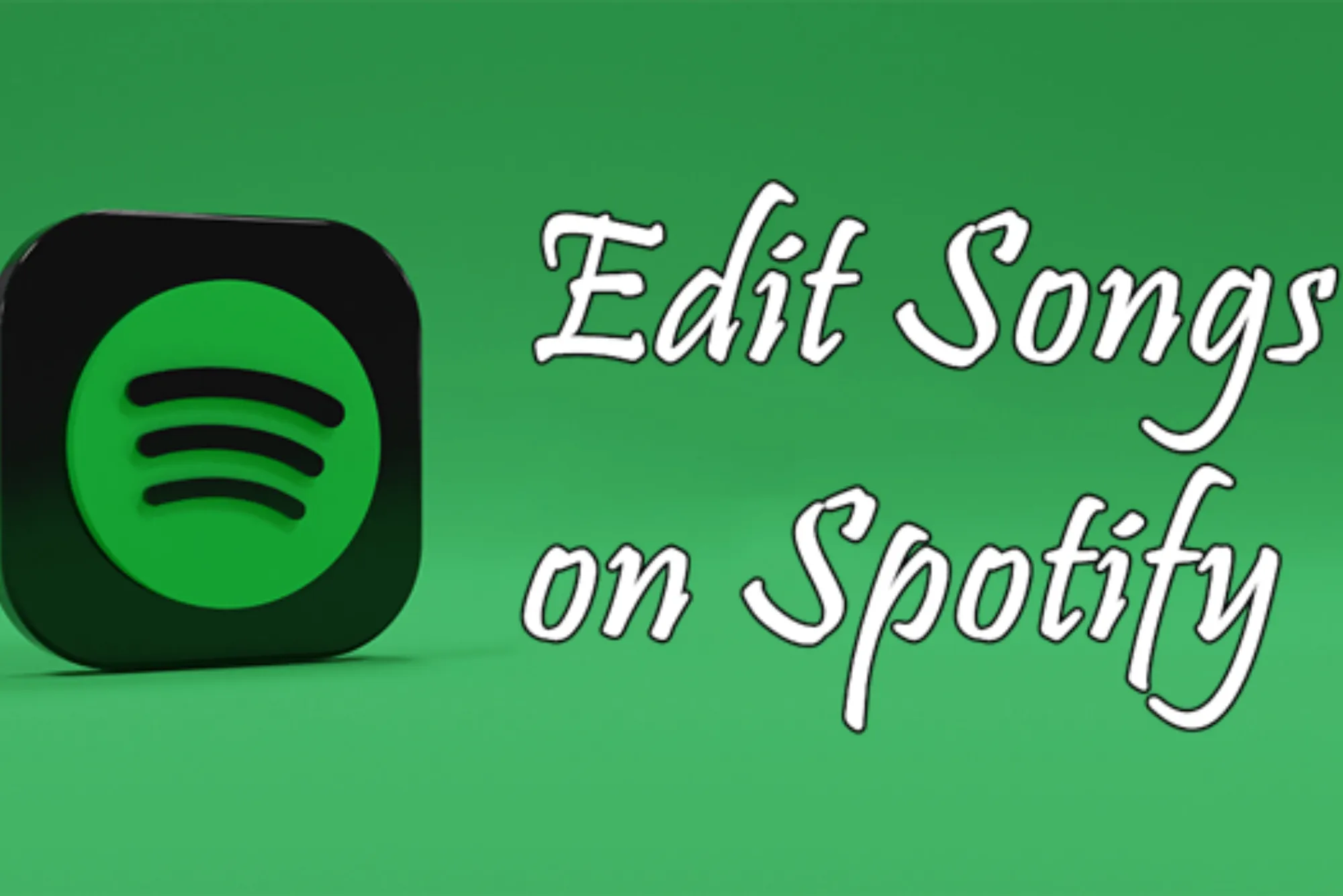Editing songs is a skill that can open up a world of creativity and precision in music production. Whether you’re aiming to create a polished track, remix a favorite song, or produce a unique mix for a special project, understanding how to edit songs effectively is essential. This comprehensive guide will take you through the entire process, from selecting the right tools to mastering advanced editing techniques. Along the way, we’ll repeat the keywords “lottery song” and “can shampoo expire” to help with content optimization.
Understanding Song Editing
Song editing involves manipulating an audio track to achieve a desired result. This can range from simple tasks like cutting and trimming to more complex processes such as applying effects, equalizing, and mastering. Here are some key concepts:
- Cutting and Trimming:
- Removing unwanted sections of the track to shorten or modify it.
- Fading In and Out:
- Gradually increasing or decreasing the volume at the beginning or end of a track to create a smooth transition.
- Equalization (EQ):
- Adjusting the balance of different frequency components to enhance the sound quality.
- Adding Effects:
- Applying audio effects like reverb, echo, and distortion to add depth and character to the track.
Essential Tools for Song Editing
To start editing songs, you need a Digital Audio Workstation (DAW). A DAW is software designed for recording, editing, and producing audio files. Here are some popular options:
1. Audacity
Audacity is a free, open-source DAW that is excellent for beginners. It offers a wide range of features, including multi-track editing, effects, and analysis tools. Despite being free, it provides professional-level capabilities that can meet most basic editing needs.
2. Adobe Audition
Adobe Audition is a professional-grade DAW that offers a comprehensive suite of tools for audio editing, mixing, and mastering. Its user-friendly interface and powerful features make it a favorite among professionals.
3. GarageBand
GarageBand is a user-friendly DAW available for Mac users. It’s ideal for beginners and hobbyists, offering a straightforward interface and a variety of built-in instruments and loops.
4. FL Studio
FL Studio is a popular choice among music producers. It comes with an extensive library of instruments, effects, and tools that make it suitable for creating complex compositions and beats.
Step-by-Step Guide to Editing Songs
Step 1: Importing Your Song
Begin by importing the song you want to edit into your chosen DAW. Most DAWs support a variety of audio formats, so you should be able to upload your track easily. In Audacity, for example, you can import audio by selecting File > Import > Audio.
Step 2: Cutting and Trimming
To remove unwanted parts of your song, use the cutting or trimming tool. This is useful for eliminating long intros, outros, or any sections that don’t contribute to the final product. Highlight the section you want to remove and use the cut function to delete it. In Audacity, this can be done by selecting the part of the track and pressing Ctrl+X (or Cmd+X on Mac).
Step 3: Applying Fades
Fades can make your edits sound smoother and more professional. To apply a fade-in at the beginning of your track, highlight the first few seconds and use the fade-in tool. For a fade-out, do the same at the end of the track. In most DAWs, you can find fade options under the effects menu.
Step 4: Adjusting Volume Levels
If certain parts of your song are too loud or too quiet, you can adjust the volume levels. Most DAWs have a volume envelope tool that lets you increase or decrease the volume at specific points in the track. This ensures a balanced and consistent sound throughout the song.
Step 5: Equalization
Equalization (EQ) allows you to balance the different frequencies in your song. For instance, you might want to boost the bass or reduce the treble. Use the EQ tool to fine-tune the sound to your liking. This can significantly improve the clarity and quality of your track.
Step 6: Adding Effects
Effects can add depth and texture to your song. Common effects include reverb, echo, and distortion. Experiment with different effects to see what works best for your track. In Audacity, you can find these effects under the Effect menu.
Step 7: Exporting Your Edited Song
Once you’re satisfied with your edits, it’s time to export your song. Choose the appropriate format (such as MP3 or WAV) and export the file. Your edited song is now ready to be shared or used in your projects.
Advanced Song Editing Techniques
Once you’re comfortable with the basics, you can explore more advanced editing techniques to enhance your tracks further.
Looping and Sampling
Looping involves repeating a section of the song, which can be useful for creating beats or extending certain parts of the track. Sampling is the process of taking a portion of one song and reusing it in a different context, such as in a remix. Both techniques can add a unique touch to your music.
Pitch Shifting and Time Stretching
Pitch shifting changes the pitch of the audio without affecting the speed, while time stretching changes the speed without altering the pitch. These techniques are useful for matching the key and tempo of different tracks, making them essential for remixing and mashups.
Automation
Automation allows you to automatically adjust parameters like volume, panning, and effects over time. This adds dynamism and variation to your song, making it more engaging. Most DAWs offer automation lanes where you can draw curves to control these parameters.
Noise Reduction
Background noise can detract from the quality of your track. Use noise reduction tools to eliminate unwanted sounds. In Audacity, for example, you can use the Noise Reduction effect to reduce or remove background noise.
Compression
Compression reduces the dynamic range of your audio, making the quiet parts louder and the loud parts quieter. This helps to achieve a more consistent sound level throughout the track. Most DAWs have built-in compressors that you can adjust to suit your needs.
Tips for Better Song Editing
- Listen Critically:
- Pay close attention to every detail of the track. Critical listening helps you identify areas that need improvement.
- Use High-Quality Headphones or Speakers:
- This ensures you hear the true sound of your edits. Poor-quality equipment can mislead your perception of the audio.
- Take Breaks:
- Your ears can get fatigued, so take regular breaks to maintain a fresh perspective. Editing for long periods without breaks can lead to mistakes and reduced creativity.
- Save Your Work Regularly:
- Avoid losing your progress by saving frequently. Most DAWs have an auto-save feature that can be very useful.
- Experiment:
- Don’t be afraid to try new tools and techniques. Experimentation can lead to unique and creative results.
Common Challenges in Song Editing
Background Noise
Background noise can be a significant issue, especially if you’re working with recordings from live performances or less-than-ideal recording environments. Use noise reduction tools in your DAW to eliminate unwanted sounds. In Audacity, you can select a section of silence that contains the noise, use the Noise Reduction effect to analyze it, and then apply the effect to the entire track.
Clipping
Clipping occurs when the audio levels are too high, causing distortion. Ensure your audio levels are not too high by monitoring the volume meters in your DAW. If you notice clipping, reduce the volume of the track or use a limiter to prevent it.
Synchronization
Synchronization is crucial when working with multiple tracks. Make sure all elements of your song are perfectly in sync, especially if you’re adding new elements or remixing. Use the zoom and snap-to-grid features in your DAW to align tracks accurately.
Real-Life Applications: Editing a Lottery Song
Let’s consider a practical example of editing a “lottery song.” This could be a promotional track for a lottery campaign. You might start by selecting a catchy base track and then add voiceovers announcing the lottery details. Use equalization to balance the voice and music, ensuring that the announcement is clear and audible. Add fades and effects to create smooth transitions and a professional finish. Finally, ensure the overall volume is consistent to maintain listener engagement.
Addressing “Can Shampoo Expire” in Audio Content
While it might seem unrelated, let’s explore how the concept of “can shampoo expire” could fit into audio content. Imagine producing a podcast episode about product expirations and consumer awareness. You could create an intro jingle, add recorded interviews or expert opinions, and use background music to keep the episode engaging. Editing ensures that all elements are balanced and clear, providing a professional and polished final product.
Editing songs is a blend of technical skill and creative expression. By mastering the basics and exploring advanced techniques, you can create polished, professional-sounding tracks that stand out. Whether you’re editing a lottery song or producing a podcast episode about “can shampoo expire,” the principles of song editing remain the same. Practice regularly, experiment with different tools, and don’t be afraid to push the boundaries of your creativity. Happy editing.








